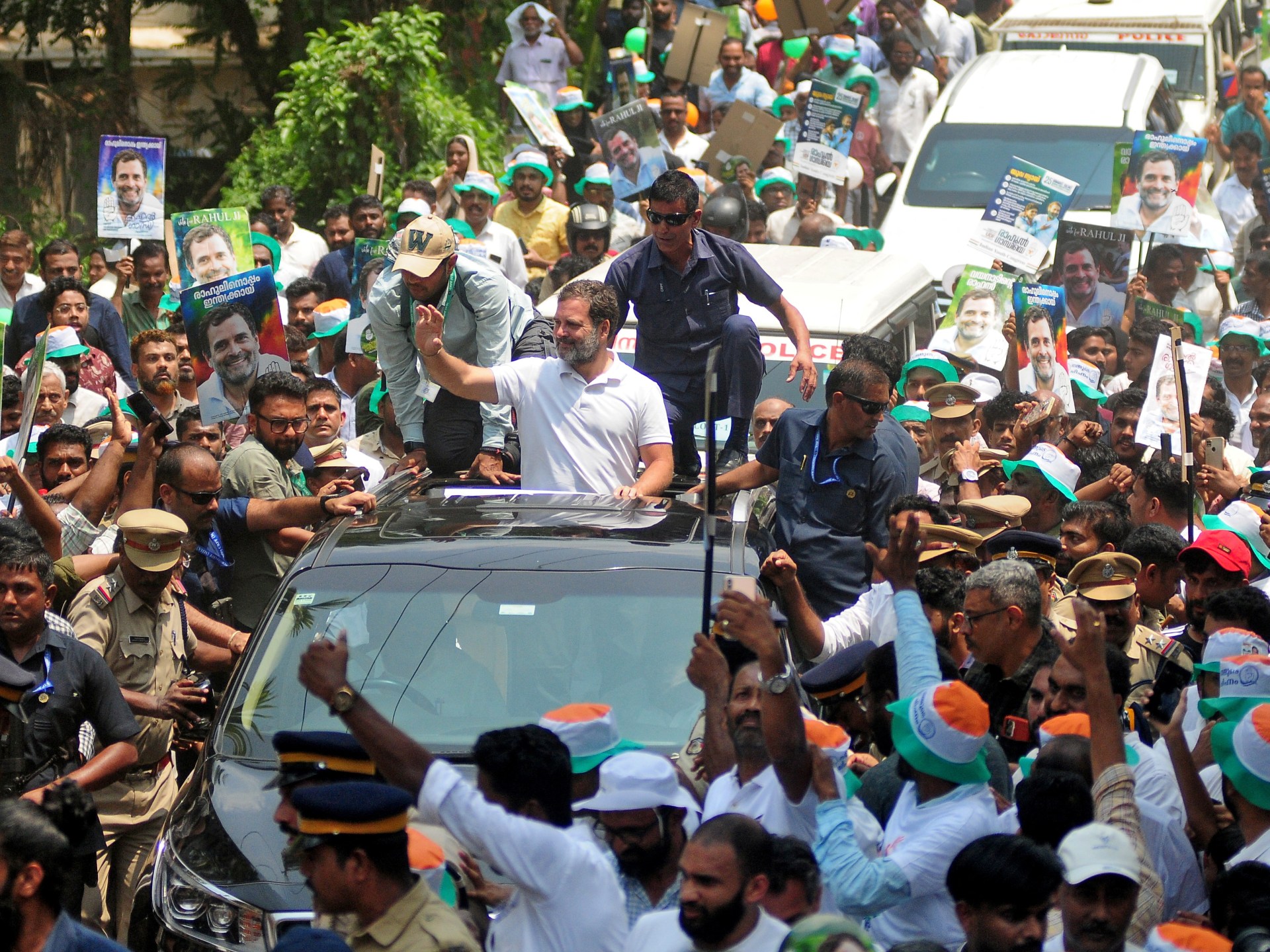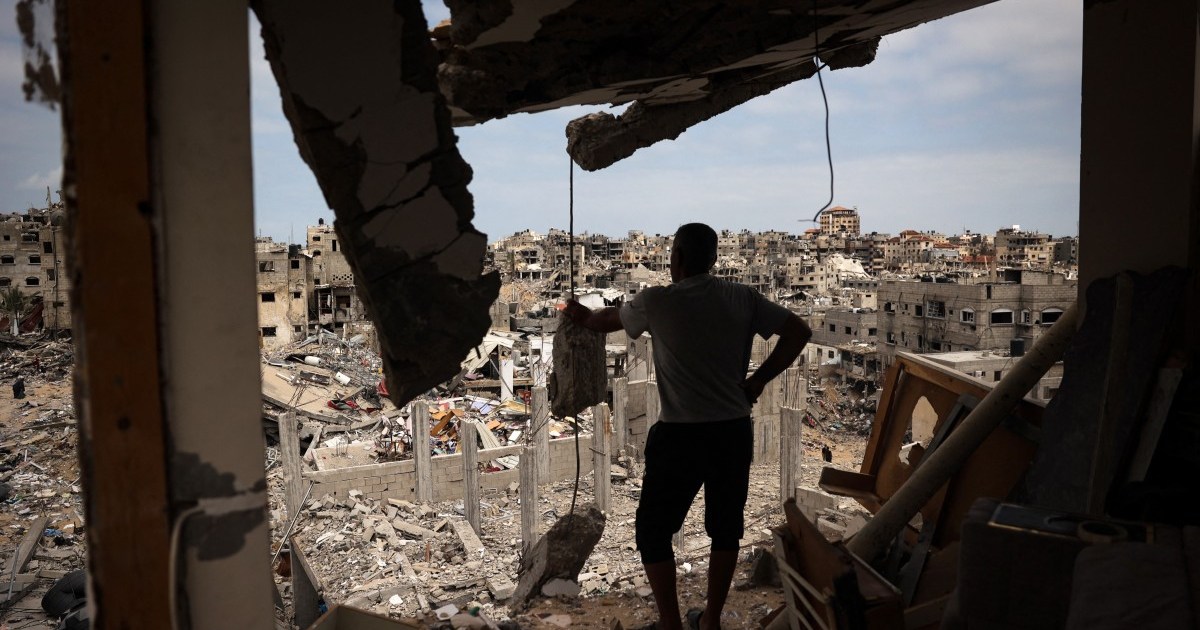Tackling Recurring Hunger Crises at the Horn of Africa
URBANA, Illinois, USA, Nov 02 (IPS) – The statistics are stark. The crisis is unprecedented. Yet again, according to the United Nations, famine looms in Somalia, with hundreds of thousands already facing starvation. In addition, droughts, and catastrophic hunger levels have left over 500,000 children malnourished and at risk of dying. This is already nearly 200,000 more than the 2011 famine. Urgent immediate actions must be taken now, both to address the crisis in the short-term and long-term.
Circumstances have been building up for the last four years to create this current crisis. Rainy seasons have failed for the last four years which has left many farmers without livestock or crops. Further, compounding the impact is the fact that the drought has coincided with a global rise in food, fuel, and fertilizer prices, the Ukrainian war, and the COVID-19 global pandemic.
The future isn’t promising either. According to the World Meteorological Organization, the forecasts reveal high chances of drier-than-average conditions in the horn of Africa. Other issues that are likely to persist in the future include food crises, civil war, and political instability.
Not only can the famine lead to untimely deaths, but hunger can affect people in other ways, particularly children. A recent systematic review and meta-analysis demonstrated that malnutrition was linked with cognitive development. In Ethiopia, a recent systematic review and meta-analysis demonstrated that malnutrition affected the academic performance of elementary school children. Another review also linked malnutrition with impaired brain development.
In a study that compared children of average nutrition with their malnourished peers, it was shown that malnourished children had lower IQs, lower school performance and less cognitive functioning. Left unchecked, malnutrition can be far-reaching and have a devastating and incalculable impact on children’s future potential.
What can be done differently now and in the coming years?
Immediately, there is need for humanitarian aid. Thankfully, organizations including the UN World Food Programme (UN-WFP), UNICEF and other NGOs are doing everything they can to provide food to the people that are suffering the most. UN-WFP, for example is delivering life-saving food and cash assistance. UNICEF is delivering ready-to-use therapeutic foods to treat children with severe acute malnutrition. It has also deployed mobile teams to find and treat children with severe malnutrition.
But, as we have repeatedly seen, providing aid is like putting on a band-aid. It is a temporary fix. Often, the international community and stakeholders react to crises in this way. After many years- it should be clear that short fixes in the form of humanitarian aid, including bursts of cash and food assistance to those most affected, are unsustainable.
Clearly, given how often drought and famine are issues, fixing the hunger crisis at the horn of Africa will require much more than emergency aid. Stakeholders must also roll out long-term solutions. For each dollar spent on humanitarian aid, 50 cents should go to long term solutions. For example, the UNICEF appeals for US$222.3 million dollars to provide humanitarian services to 2.5 million people in Somalia. Out of the entire amount, half of that should go to long-term projects that solve the root causes of hunger.
Undoubtedly, droughts are recurrent because of failed rainy seasons. There is need to roll out water projects to meet the water needs of growing crops for food for the impacted communities and their livestock. It is a no brainer. Just like the gas stations in America and other developed nations are present in every corner, there should be water stations every 10 or 20 miles.
This would be water sourced from aquifers and underground sources. Half of the funds received by the UN agencies, for example, could go towards actualizing this bold effort of drilling these water stations across Somalia. For example, out of the $222.3 million UNICEF is asking for, $111, should go to drilling water in Somalia.
With water, Somalia and other African countries that consistently are impacted by recurrent droughts, can diversify the crops they produce. More importantly, they can be able to implement climate smart practices and other local solutions.
Simultaneously, as water projects are rolled out, African countries including Somalia need to have clear, systematic, and holistic plans of how to solve climate linked extremes including drought, extreme temperatures, frequent insect outbreaks that are inextricably linked.
Planning should go hand in hand with strong documentation of what was done, how it was done, and how successful or unsuccessful it was in solving the crisis. At the moment, Somalia and other African countries lack accountability and transparency about what initiatives and strategies are implemented following early warnings. We will never make headways into solving these recurring crises, if we are not documenting what has been done, what worked and what failed.
Importantly, like any other crises, there is need to keep thinking of new solutions to roll out. As such, think tanks – that draw from in-country experts, diaspora, public, private, NGO and other stakeholder coalitions – need to research concrete strategies that can be implemented, tracked, and scaled.
We must invest in long-term solutions if we are to solve once and for all the recurrent drought, hunger and famines in Somalia and other African countries. Investing in long-term initiatives will not only solve hunger, but it will also reignite sustainable development and bring prosperity to communities. It is a win for all.
Dr. Esther Ngumbi is an Assistant Professor at the University of Illinois at Urbana Champaign, and a Senior Food Security Fellow with the Aspen Institute, New Voices.
© Inter Press Service (2022) — All Rights ReservedOriginal source: Inter Press Service
Check out our Latest News and Follow us at Facebook
Original Source







